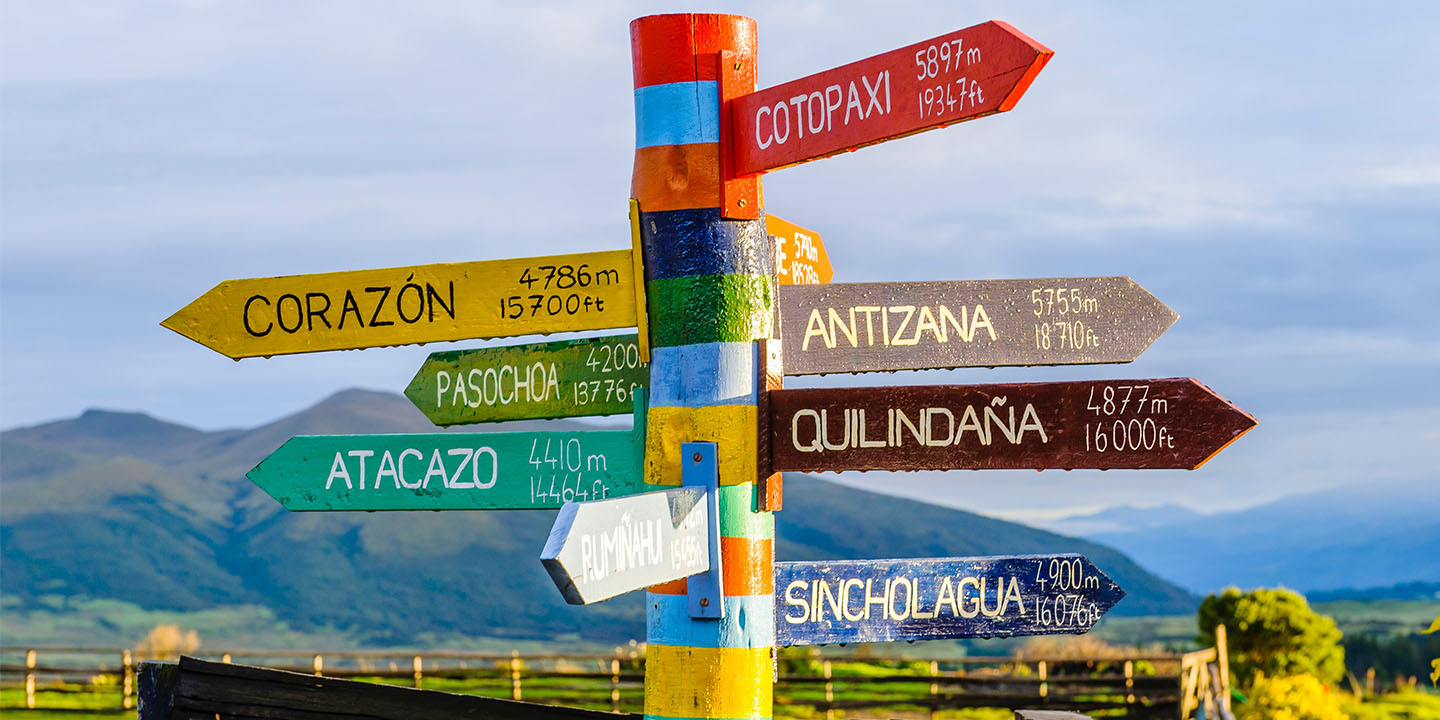Travel Hits Different Abroad
Exploring the world opens you up, but it also comes with occasional eye-rolls. Some things just don’t work the way people expect them to, especially outside the U.S. That mismatch between what feels standard and what actually happens abroad is real. If you’re ready to travel the world, here’s a look at 20 moments that consistently leave Americans frustrated or just wondering what’s going on.
1. Language Barriers
In Tokyo, a subway transfer can feel like cracking a secret code. Over 70% of Americans speak only English, so even basic tasks abroad are challenging. Unfamiliar alphabets and regional dialects slow things down. While translation apps help, real-time communication remains a stressor.
2. Currency Exchange Fees
American debit cards often attract foreign transaction fees ranging from 1 to 3% per purchase. On top of that, airport kiosks and hotels may apply unfavorable rates. Many travelers unknowingly lose money when paying in dollars abroad, where dynamic currency conversion systems quietly upcharge.
3. Lack Of Ice
In much of Europe and Asia, drinks arrive at room temp or with just one cube. For those used to full glasses clinking with cubes, this cultural difference feels jarring. Even international chains abroad tend to serve colder drinks without overloading the ice.
4. Tiny Hotel Rooms
Space isn’t guaranteed overseas, especially in hotspots like Paris, London, or Hong Kong. Standard hotel rooms can shrink to as little as 120 square feet. While these sizes reflect urban density, they often surprise Americans accustomed to spacious suites and wide beds.
5. Limited Public Restrooms
Finding a clean, open restroom is often a hunt in places like Germany or Japan. Some countries charge entry fees or restrict public access entirely. Unlike in the U.S., where restrooms are tied to businesses and gas stations, many nations separate public sanitation from commerce.
6. No Free Refills
Unlimited fountain refills are an American restaurant staple. Elsewhere, they’re virtually unheard of. In countries like Italy or South Korea, each beverage order is charged individually. The U.S. norm of oversized cups and continuous refills rarely aligns with international service practices or economics.
7. Complex Transit Systems
London’s Tube, Seoul’s Metro, and Tokyo’s JR lines are marvels of engineering, but they’re intimidating. Strange ticketing systems and local-language announcements can overwhelm new users. While efficient for locals, these systems often lack intuitive cues for foreigners, which results in missed stops or incorrect transfers.
8. Tourist Trap Pricing
Popular destinations like Venice and Phuket often inflate prices for visible foreigners. From doubling menu costs to quietly tacking on “table fees,” some vendors exploit the tourist economy. These practices are legal in many places but leave Americans feeling targeted or swindled for speaking English.
 Miltiadis Fragkidis on Unsplash
Miltiadis Fragkidis on Unsplash
9. Different Tipping Customs
In Japan, tipping is considered rude. In France, it’s included. In Egypt, it’s mandatory. American travelers often find tipping rules unclear, especially in countries where gratuities aren’t expected. U.S. habits clash with cultures that view service as salaried labor, not dependent on tips.
10. Strict Baggage Rules
European budget airlines like Ryanair or Wizz Air enforce tighter baggage limits than U.S. carriers. Cabin bags must meet strict dimensions, and extra fees are common for overweight items. American flyers are often caught off guard, especially when compared to more generous carry-on policies in the United States.
11. Power Adapter Issues
Travelers often forget that U.S. electronics run on 110V, while much of the world uses 220–240V. Outlets also vary, as type A plugs rarely fit in Europe or parts of Asia. Without converters or universal adapters, basic tasks can become major obstacles abroad.
12. No Personal Space
Tight quarters in packed buses or on sidewalks might surprise you. Many cultures prioritize proximity over personal boundaries. In places like India or China, standing shoulder-to-shoulder is standard. This spatial contrast might just leave you feeling uncomfortable, especially those used to wider aisles or queues with clear spacing.
13. Unpredictable Plumbing
Toilets that require tossing used paper into a bin. Bidets with unfamiliar controls. Plumbing setups vary drastically from the U.S. norm. These differences are cultural differences built into the infrastructure. American Travelers often face confusion in rural areas or older buildings where Western fixtures are uncommon.
14. Early Store Closures
Unlike 24-hour U.S. supermarkets, many shops in Spain or Switzerland close by 7 PM. Plus, Sunday closures are routine across Europe. The rhythm reflects local work-life balance, but it clashes with American convenience culture. People often find themselves hungry or unable to buy essentials.
15. No Air Conditioning
While U.S. homes and hotels rely heavily on A/C, many global regions don’t. Older buildings in Italy and parts of Japan often lack cooling systems entirely. Locals usually rely on fans and natural ventilation. This difference becomes noticeable during warmer months and long-term city stays.
16. Slow Restaurant Service
Meals in France or Greece may span two hours without waiters checking in frequently. While intended to encourage lingering, that relaxed pace contrasts sharply with the U.S. expectation of quick turnover. The lack of urgency can be misread as inattentiveness or poor service.
 Jean-Marie Hullot from France on Wikimedia
Jean-Marie Hullot from France on Wikimedia
17. Smoking In Public
Smoking remains common in countries like Austria and Turkey. Outdoor cafes and even some indoor venues may permit it. This reality might frustrate Americans who are accustomed to clean-air zones and smoking bans, especially when traveling with children or seniors with respiratory concerns.
 jad99 from Graz, Austria on Wikimedia
jad99 from Graz, Austria on Wikimedia
18. Limited Breakfast Options
Hot eggs, pancakes, or bacon aren’t universal morning staples. Continental breakfasts abroad often consist of fruits and veggies. In regions like Scandinavia or Southeast Asia, savory soups or fish are standard. So, get ready for these regional preferences. They usually disappoint travelers who are used to hearty breakfasts.
 Ewan Munro from London, UK on Wikimedia
Ewan Munro from London, UK on Wikimedia
19. Cultural Misunderstandings
Small actions can cause confusion. What feels friendly in the U.S. may seem intrusive or odd elsewhere. For example, punctuality is serious in Germany. In Argentina, it's fluid. Navigating these unspoken rules requires awareness. Missteps don't always lead to conflict, but they often create unease.
20. Safety Concerns Abroad
Concerns over pickpocketing and political unrest frequently top the list for American tourists. Although most destinations are safe, unfamiliar emergency systems and language barriers raise anxiety. Reports from the U.S. State Department often shape traveler perceptions, sometimes reinforcing caution even in statistically low-risk countries.
























